The role of current events in enabling broader thinking
Inspiring Minds through COP26
Every day is filled with myriad learning opportunities for our students. Our curriculum empowers students to think creatively and critically so that they can make informed choices about their future. As a key cornerstone of our ethos of Academic Rigour, we expect our students to engage with the world that is changing around them. We think it is especially important that Ashford School pupils understand the link between academic subjects we study at school and their applications in the wider world. One of the best examples of how we create this synergy was offered by a key climate summit hosted by the UK earlier this month.
The 26th UN Climate Change Conference of the Parties (COP26) took place in Glasgow from 31 October to 12 November 2021. The goal of the summit was to accelerate action towards the goals of the Paris Agreement and the UN Framework Convention on Climate Change. Teaching staff at Ashford School used the conference as inspiration for their lessons during the week that the conference took place.
In Mathematics, students referenced Maths Week resources themed to COP26, specifically “Where is the Maths in that?” which gives pictures of icebergs, bundles of plastic, etc. and asks pupils to think about the Maths hidden in the image. It is a brilliant activity for helping students recognise the pervasiveness of Maths around them in the real world, and within analysis that they make take for granted on the news or in how integral it is to be able to define the space we live in, the technology and tools we use every day. Teachers have also used the ourworldindata.org website to get data on methane concentrations and used these to do percentage calculations. In other lessons, images related to global warming, climate change and pollution were used to encourage the students to consider what Maths is related to each image.
In Geography, students took a quiz to assess what they already knew about COP26 and tuned in to the daily bulletins that were presented by the Royal Met Society for short updates on the day’s events/key progress points. The video “Kae Tempest’s Future Visions Of Our Planet” kicked off discussions about the key messages in the film. The pupils were really inspired by this piece, and it generated lots of questions as to how we might have to live in the future and how their lives (work, travel, jobs, etc.) may all be affected. As a group, they discussed what small changes could be made as individuals and families to be a part of the bigger picture. The students were also introduced to the idea of ‘Think local. Act global’. They were challenged to make a commitment (either themselves or as a family) and to then publicly state what that commitment to change would be.
Economics and Business students watched a series of videos that provided a foundation for discussions. The Business students watched ‘Can seaweed save the world from livestock emissions?’ and then examined the start-up business mentioned in the video. They looked at the atmosphere impact and focused on the operational and financial issues of scaling the solution. The Economists’ focus was on a supplement that can reduce methane in cows and make farmers money. They considered market failure and market-based solutions, including the carbon credits and the way actions in agriculture can be incentivised.
The world is an increasingly pluralistic, specialised and fast-paced place. We as a school have a strong responsibility to ensure that our students have the opportunity to engage with this, form an opinion on the key issues and develop the skills to tackle life beyond school. The opportunity to apply distinct subject approaches to broad and contemporary enquiries is an essential part of how we do this, and a great example of the rigorous, adventurous approach that forms the hallmark of an Ashford Education.

